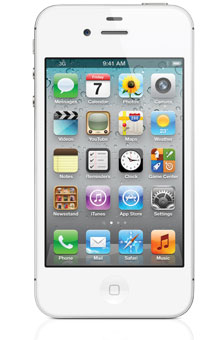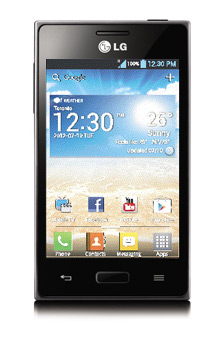Faster. Stronger. Larger.
FASTER
In the last 2 years, we have gone from peak speeds of up to 21 to 42 to 75 Mbps and have now begun to roll out up to 150 Mbps. We're continuously working to give you access to faster speeds, and with our latest LTE roll out, Bell gives you access to the world's fastest and best mobile technology. Plus, unlike some other carriers, Bell gives you access to the only network that never falls back to 2G.
STRONGER
Adding more towers and improved in-building coverage to give you better and more reliable reception across Canada. Our engineers drive over 1.4 million kilometers each year to optimize the network. That's the equivalent of driving from Halifax to Vancouver over 300 times a year.
LARGER
In the last couple of years, our coverage has increased to 1 502 339 square kilometers and now covers over 97% of the Canadian population. In fact, Bell gives you access to the largest 4G network in Canada. So whether you are on the rock, in a small farm town in Saskatchewan, in the tar sands of Alberta or in a skyscraper in Toronto, we have you covered.
The best superphones from Bell
Get on the faster, stronger, larger Bell network and you also get access to a large selection of powerful superphones. With HD screens, dual core processors and blazing-fast LTE speeds, your mobile experience will be taken to the next level.



